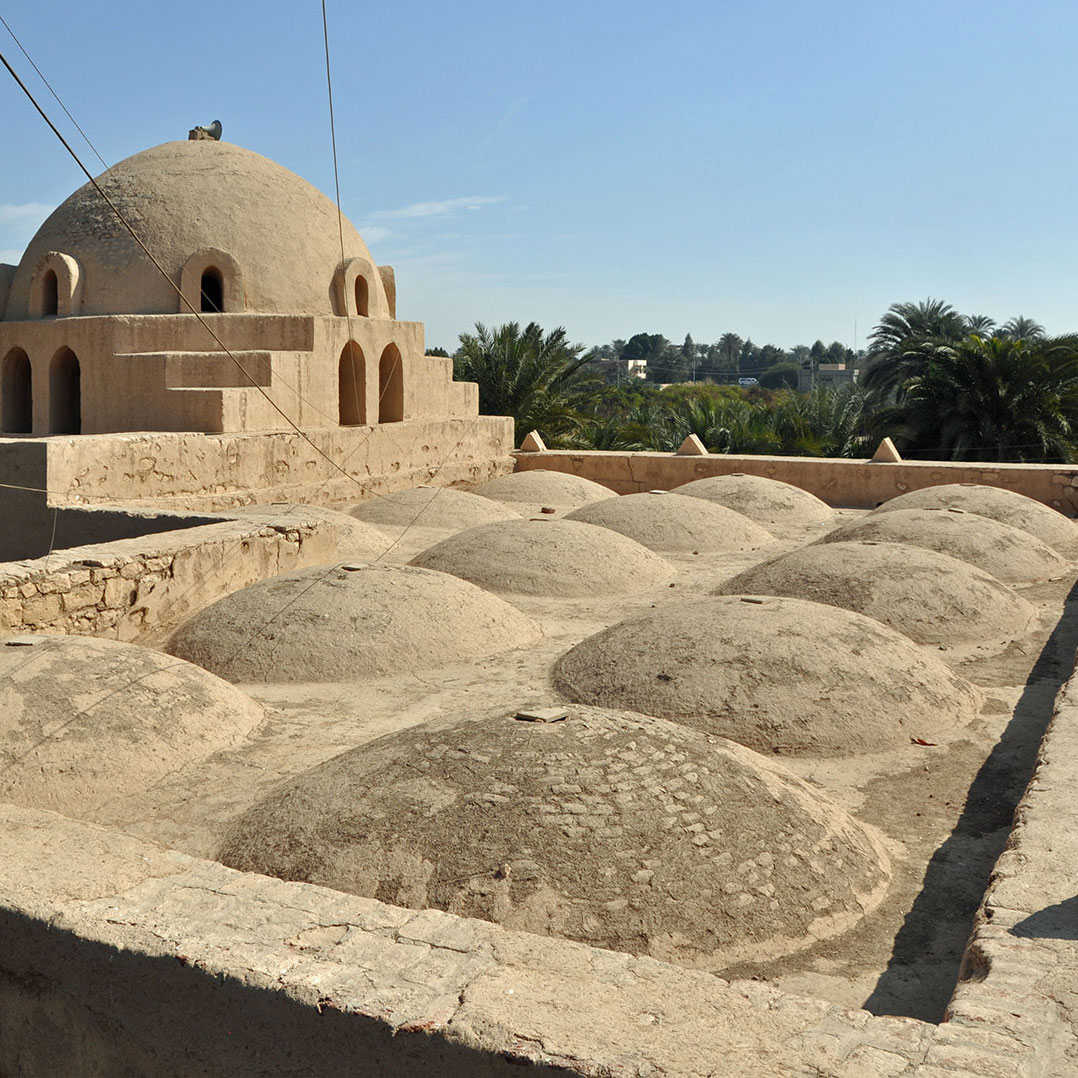Housing is essential to the well-being of any society and the people who live in it. The house, flat, apartment or dwelling where they live, fulfils many roles. It is at once a place of security and comfort, a venue for education, health and personal growth, and a source of individual and civic pride. At the same time, housing is an incredibly vulnerable asset in the event of any conflict, and its destruction one of the most visible signs of war or other human disturbance. It is estimated, for example, that the war in Kosovo cost the country a third of its housing stock, whilst the bill for the conflict in Sierra Leone was 300,000 destroyed homes, and more than a million people displaced.
In the wake of a natural disaster or a human conflict, architecture has an important part to play in responding to the need for shelter and comfort for those affected, as well as replacing lost or destroyed infrastructure, as in the case of Syria, for example, where domestic refugees quickly reached into the millions. However, too often what is intended as emergency housing offering short-term shelter for those displaced by conflict – as can be seen in somewhere like Darfur in Sudan – can become semi-permanent long-term solutions with inhabitants denied access to plumbing, electricity and other basic amenities.
Emergency architecture, therefore, should seek to satisfy both short-term and longer-term needs – to offer shelter and refuge in the immediate aftermath of conflict, whilst at the same time, rebuilding in a sustainable fashion decent housing which helps restores the basic infrastructure, taking into account relevant environmental, technical and urban factors. There is also a requirement to preserve the historical, architectural, and cultural heritage of an area, and not to impose on it housing solutions that are foreign to the environment and its inhabitants.
There is a conundrum when it comes to emergency architecture and its purpose in the aftermath of a major conflict. In the short-term, it is recognised that it is important to provide inhabitants in a war-torn region with a means of shelter, much in the same way as they should be given access to food, water, sanitation, and basic healthcare. The current conflict in Yemen, for example, is an instance of where these conflicting priorities can be seen to rub up against each other. However, housing reconstruction is more problematic because it moves out of the realm of aid and becomes more of a development issue. Donor countries and individuals within them are more likely to offer their financial support for short-term crisis management; when it comes to funding longer-term programmes, however, enthusiasm and support quickly wanes.
In fact, there are no specific agencies dealing with housing reconstruction, and it does not fall within the remit of the major NGOs. There are organisations, such as France’s The Emergency Architects Foundation, which is supported and accredited by the European Union, and the United Nations, whose objectives are to bring assistance and technical aid to the victims of natural and human disasters. Palestine is one area, for example, which is the recipient of long-term support from UNRWA (United Nations Relief and Works Agency). However, whilst they are involved in long-term reconstruction projects, they tend to focus on those who have been involved in natural disasters such as earthquakes and tsunamis, as opposed to those who have suffered as a result of armed conflict in countries like Somalia.
Instead, what tends to happen when aid agencies and NGOs move into an area after a conflict is that the emphasis is put on short-term fixes, and there is little long-term planning. There is also the tendency for well-meaning aid donors to erect forms of housing that are impractical and inappropriate for the needs of the intended beneficiaries. Inhabitants of such dwellings are subsequently required either to completely remodel them or, in the worst case, Libya for example, such emergency homes will be abandoned as not fit for purpose.
There is an argument that aid agencies should just restrict themselves to providing basic shelter to the victims of disaster and conflict, and leave reconstruction efforts to local governments. In such scenarios then the role of outsiders, apart from any financial support they may provide through development aid, is to transfer technology and skills training, and the knowledge of building techniques, and how to build longer-lasting structures. If communities are involved in rebuilding homes, it can be a means of building bridges between fractured communities, fostering peace and trust where there was previously disharmony and suspicion. It can also encourage displaced people to return to the areas where they previously settled before the conflict.
Previously architects have been reactive and slow to respond as a body to the needs of disaster management and post-conflict reconstruction. There are signs that this is beginning to change, with small pockets of individuals in NGOs and other organisations helping to introduce innovative and sustainable building methods using local materials, long-term land planning, and concepts like environmental stewardship. In this respect, Egyptian architect Hassan Fathy can be regarded as a pioneer, respecting local traditions and materials in the houses and structures that he built, and eschewing western building designs and layouts. In instances where this has been most successful, a common theme is that the local community is at the heart of reconstruction efforts, and culture, history, and architect are inseparable elements within such programmes.
Emergency architecture in the context of disaster management is most often focused on short-term needs such as the provision of shelters and rarely takes into account longer-term concerns regarding post-conflict reconstruction. There are indications that this is beginning to change, however, with individual architects in NGOs and other concerned agencies embracing the need to introduce innovative building methods and techniques that lead to home rebuilding programmes that are sustainable, environmentally friendly, use local materials, and which embrace their cultural and historical context.










